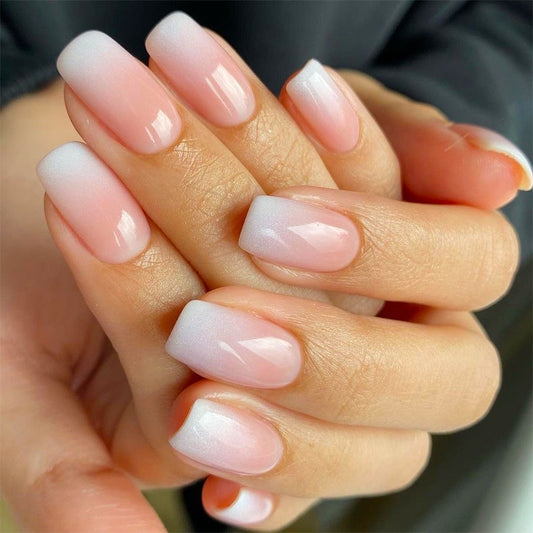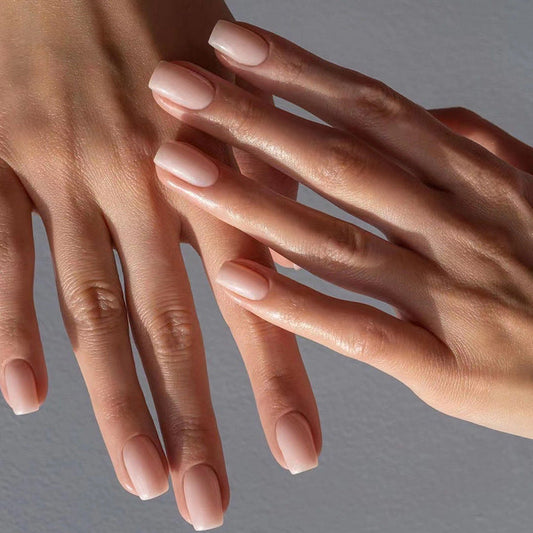Decoding the Ingredients in Your Nail Polish: What You Need to Know
When it comes to cosmetics, our first priority is to look good. And when it comes to dressing up, well-painted nails go a long way in adding some sparkle to your look. While it’s easy to get caught up in the latest shades and trends, it’s important to take a closer look at what actually goes into your nail polish bottle. Are the ingredients safe? Are they vegan? Here’s a breakdown of the ingredients you should know about:
1. The Base - The base of a nail polish is typically made of nitrocellulose, a film-forming agent that hardens the polish when it is exposed to air. While nitrocellulose is generally considered to be safe, it is highly flammable and should be handled with care.
2. The Solvent - The solvent dissolves the nitrocellulose and other ingredients in a nail polish to give it a smooth consistency. Many nail polish solvents contain harmful chemicals like acetone, which can dry out your nails and cause them to become brittle. To keep your nails healthy, look for nail polishes that use safer solvents like ethyl acetate or butyl acetate.
3. The Pigments - These are what give your nail polish its color. While many mainstream nail polishes use synthetic pigments made from petrochemicals, there are now more and more brands that are using natural pigments derived from plants. If you want to make sure that your nail polish is vegan, look for brands that use plant-based pigments.
4. The Additives - There are a variety of other ingredients that can be added to nail polish to give it different properties. For example, plasticizers like phthalates are commonly used to make a nail polish more flexible, while UV absorbers can help prevent the color from fading. While some of these additives are safe, others can be harmful. To make sure that your nail polish is free of harmful additives, look for brands that are transparent about their ingredients.
When it comes to nail polish ingredients, knowledge is power. By understanding the different components that go into your polish, you can make more informed choices about the products that you use. So the next time you go to paint your nails, take a closer look at the label - your nails will thank you for it!
1. The Base - The base of a nail polish is typically made of nitrocellulose, a film-forming agent that hardens the polish when it is exposed to air. While nitrocellulose is generally considered to be safe, it is highly flammable and should be handled with care.
2. The Solvent - The solvent dissolves the nitrocellulose and other ingredients in a nail polish to give it a smooth consistency. Many nail polish solvents contain harmful chemicals like acetone, which can dry out your nails and cause them to become brittle. To keep your nails healthy, look for nail polishes that use safer solvents like ethyl acetate or butyl acetate.
3. The Pigments - These are what give your nail polish its color. While many mainstream nail polishes use synthetic pigments made from petrochemicals, there are now more and more brands that are using natural pigments derived from plants. If you want to make sure that your nail polish is vegan, look for brands that use plant-based pigments.
4. The Additives - There are a variety of other ingredients that can be added to nail polish to give it different properties. For example, plasticizers like phthalates are commonly used to make a nail polish more flexible, while UV absorbers can help prevent the color from fading. While some of these additives are safe, others can be harmful. To make sure that your nail polish is free of harmful additives, look for brands that are transparent about their ingredients.
When it comes to nail polish ingredients, knowledge is power. By understanding the different components that go into your polish, you can make more informed choices about the products that you use. So the next time you go to paint your nails, take a closer look at the label - your nails will thank you for it!









